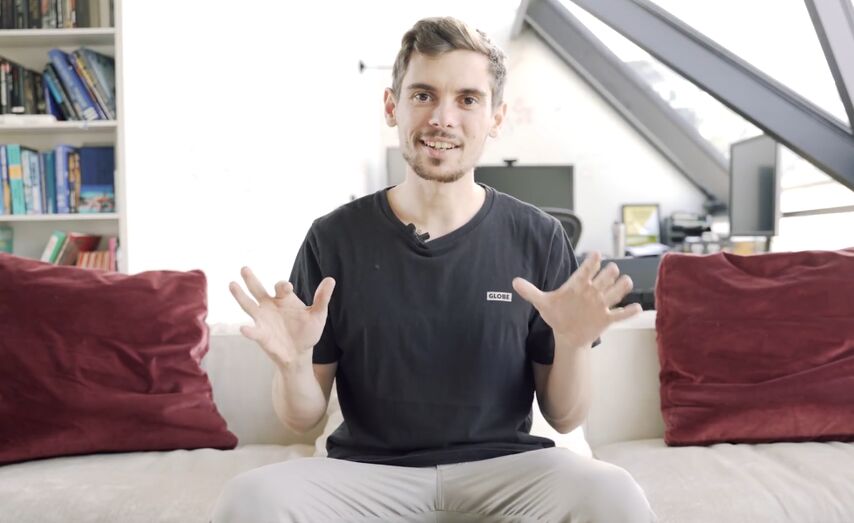Editor's Note: Fedor Holz has released several informative videos on his YouTube channel. Here is a breakdown of one released last year.
How are you, friends? This is Fedor, and today I will share with you my secrets of reading opponents in a live game. I devoted one of the modules of my course for Pokercode to this issue, and in today's video, I will show the key and most important aspects. You will learn what I pay attention to when playing live and how I exploit the weaknesses of my opponents.
For starters, tells are, in my opinion, one of the foundations of a live game. They are extremely important, but at the same time, they are surprisingly often underestimated. They become especially valuable when you have already solved the main problems with the technical side of poker – in this case, you should focus on collecting information and interpreting it. The behavior of opponents can give us many clues. This, of course, requires a big win. Truly high-quality generalizations require experience from tens of thousands of hands against thousands of different opponents. I spoke a lot about live, played at the same table with tens of thousands of people, and I can confidently say that behavioral patterns are regularly repeated.
There is no perfect key to all the tells that come up in a live game. At least I don't believe in him. Their interpretation always needs context. Certain combinations of tells and context increase the likelihood of certain inferences and allow us to make more accurate decisions.
I focus on three different aspects: first, basic opponent information, second, poker-related tells, and third, body language. During the hand, I bring them together. My experience is that the more pieces of the puzzle we can add together, the more accurate the answer is. It happens that the signals coming from different sources contradict each other – and this is also very important information!
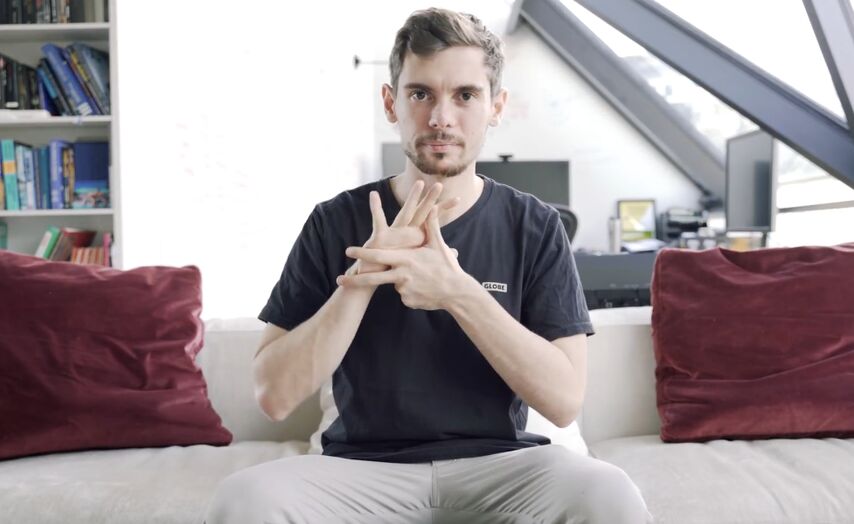
Let's start with basic information about the opponent. You can learn a lot of valuable things even before you play the first hand. I've been actively looking for data since the beginning. A good example is the World Series of Poker Main Event. Of course, I am not familiar with all the seven or eight thousand people taking part in this event – I know many, but not all. Nevertheless, I almost immediately have something to say about each opponent. How so? When I see a 50-year-old American who claims to have won a seat at the WSOP in a home satellite, I can conclude that he is not an online pro, and that's a lot. I think a lot of people underestimate the importance of knowing who your opponent is not and overestimate knowing exactly who they are. The mere fact that the player is not one of the strongest online professionals, allows me to exclude many actions from his arsenal. For example, situations where there are few natural bluffs in the aggressor's range due to board texture need to be specifically studied to balance obvious draw hands with non-intuitive bluffs. But only professionals do this, and an amateur who overbets usually just has a very strong hand with which he wants to get the maximum.
In addition to collecting biographical information, I always try to understand the character of the opponent, because, for a less prepared player, the character will definitely affect the game. The main trait that needs to be identified as soon as possible is a sense of self-importance, an excess of which usually leads to a more aggressive, "touchy" game, and a deficiency – to a more cautious and conservative one. We will not dive into the depths – this sign alone is enough to help us with many practical solutions. A conservative player, faced with aggression, will usually fold back, he will not desperately resist and fight for every pot, he will prefer to wait for a strong hand, so when he is seriously involved in the fight, we can safely give up.
To clarify for myself the nature of the opponent, I try to talk to him. An extrovert in expensive watches and with a lot of self-importance will usually turn out to be an aggressor who does not tolerate competitors. Such a person desperately wants to dominate everything, and it is especially unpleasant for him to lose pots to a 20-year-old youth. In general, we look at clothes, the general impression of behavior, manner of speech, and draw conclusions. Usually, it's not that hard.
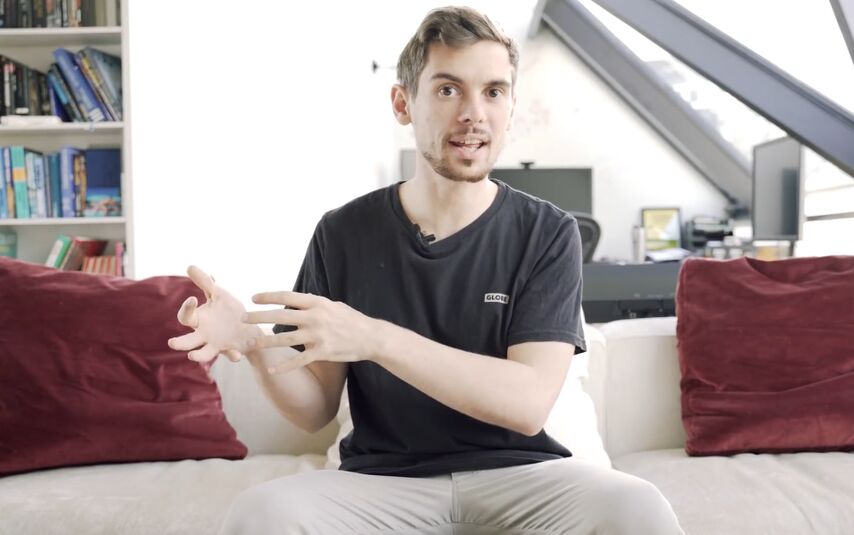
Moving on to poker-related tells. I focus on two aspects. The first is the choice of the size of the bet, and the second is the manner in which the chips are laid out and the bet is made. This is fundamentally important information, and carefully tracking it has brought me a lot of money.
The way people place their chips reflects surprisingly well how they play. Neat bets that are close together usually belong to more passive and tight players. Scattered piles of chips are a sign of loose and aggressive play. This tell seems too simple and superficial, but it hasn't let me down for many years, especially when it comes to amateurs.
It's a little more difficult to keep track of sizing and betting patterns, but it also provides very useful information. I have often noticed that bets made in a relaxed manner, when chips are picked up without much attention, as if by accident, are made with weaker hands. Also, if a player has 44,400 in his stack and bets 4,200 when the standard sizing would be a bit bigger, it's almost always a weakness. Another example of a fairly reliable tell at a distance, indicating weakness, is a set of bets with smaller chips. All of the above, of course, also applies to less experienced players. The more professional my opponent is, the less weight I give to such tells.
With strong hands, people are more attentive to the size of the bet. But in sizings, even professionals sometimes make mistakes. There are buttons on the Internet that help you bet exactly 67% of the pot. They don't exist in a live game, and when people make bets, they sometimes consciously and sometimes unconsciously adjust them according to the strength of their hand. The standard sizing is 67%, but you can also bet 60% on a bluff: it seems that there are about the same number of chips, but you can save money! And for value, it's worth adding a little, betting 75-80%... I think a careful study of sizings has brought me the most – literally hundreds of thousands of dollars! Especially on the river... 50-60% of the pot on the river is usually a capped range, 75-90% is strength sizing. If I saw a man get on the river with an 80% bet, I confidently raised him with a weaker sizing, and this technique fed me for many years.
That is enough talk about sizings, although the topic, of course, is far from exhausted. Let's move on to the third and most extensive part – body language. You can pay attention to hundreds of signs, in this video I will focus on the most important ones: pulse, gaze, and posture. These are the three features I look at most often and they have brought me the most.
Let's start with the most important – the pulse.
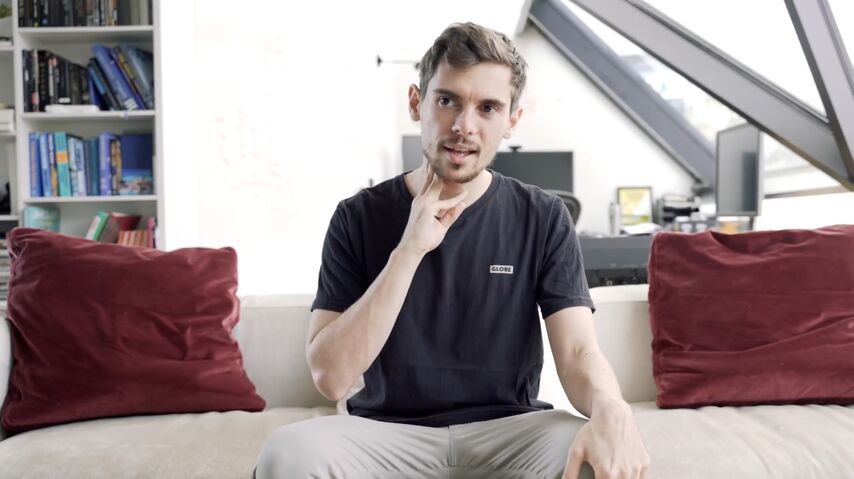
Over the years of practice, I learned to quickly determine the standard heart rate of opponents and deviations from it. I did it gradually, through practice, constantly monitored the pulse of various players, and studied, probably, several thousand people.
When a player bets big on the river, his heart rate always jumps. Whether it's bluff or value, a person always gets excited when he plays a big pot. However, when he has a strong hand, after a while, the pulse drops a little, because the player no longer needs to worry that he will lose (since the opponent is still thinking and did not make a quick call or raise). The pulse remains noticeably above normal but below the maximum. But with a bluff, the excitement continues, sometimes even intensifies – expensive, scary ... I don’t even know how many times thanks to this small difference I made completely crazy calls that I would never have dared to make online, and it turned out to be right.
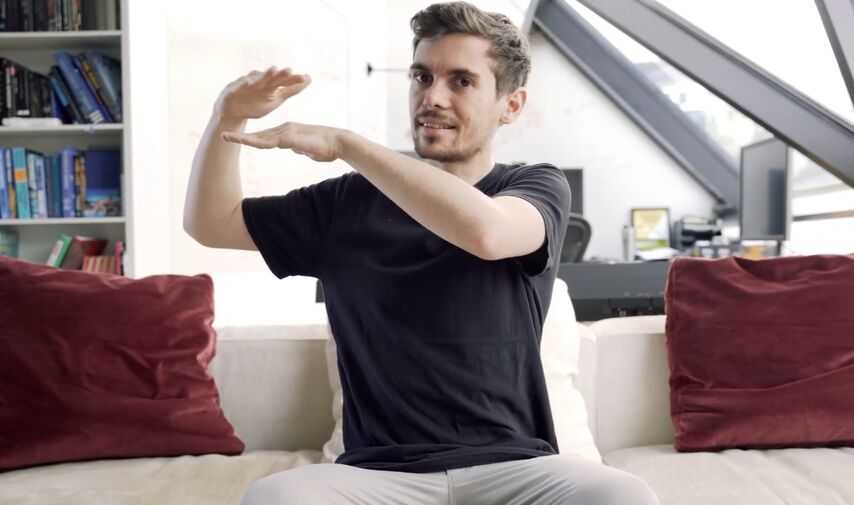
For looks, we follow the direction and blinking frequency. The gaze does not have such a clear interpretation, as with the pulse, a lot depends on the context, experience helps in the interpretation. People behave differently and change their patterns of behavior in different ways too, I associate some types of deviations with strength, and some with weakness, but I am not ready to give a universal recipe. Try to keep an eye on how your opponent usually behaves and pay attention to anything unusual. Sometimes, by tilting the head, one can feel the difference between a person deliberately directing his gaze to one point in order to prevent himself from being read, and the natural protective reaction of the body. The first often means a strong hand: the player knows that it is beneficial for him to behave in such a way that it is more difficult to read him; while his posture will often be a little more relaxed.
Blink frequency. There are people (there are not many of them, but they are) who blink more often when they are weak, but I noticed how with weak hands they begin to blink much less often. A player with a strong hand is more relaxed, does not pay attention to how often he blinks and looks more natural. However, as I said, this is not a universal sign, everything is quite individual.
I’m unlikely to say something new about the pose: when a player hunches, this is a sign of weakness, relaxed shoulders are strength...
The look and pose of the player can sometimes tell if he is really thinking, or if he has decided everything in advance and is just playing for time. I especially enjoyed reading Isaac Haxton! He pays great attention to the balance of movements, always trying to spend the same amount of time, 10-15 seconds, thinking. And I, it seems to me, learned in his case to distinguish between a standby mode and a thought that is working furiously. When the brain is actively turned on, his face looks a little different! This has saved me more than once. When I know that he is confident in the decision from the first seconds, this allows me to exclude some hands. Rare or difficult situations usually require even the top players to think, but when the decision is obvious, it has a noticeable effect on the range. A very reliable tell, which is found in many players.
Finally, there is one 100% tell in my experience: if Villain starts drinking while I'm thinking about calling on the river, he has the nuts! 18 times out of 18. So never talk yourself into calling when your opponent sips from the cup! Or try using this move against me when you decide to bluff. This could be the most effective reverse tell in the history of poker!
